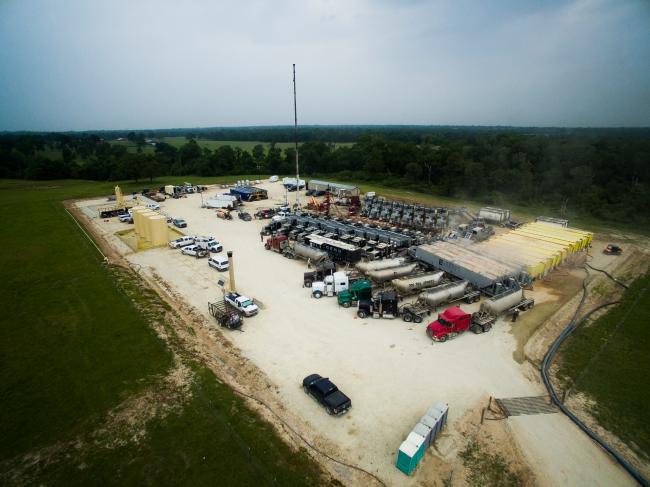
Although the magnitude and quantity of disruptive events in 2020 continued to expose its vulnerabilities, the rumors of shale’s death have been greatly exaggerated. The effects of price wars and demand destruction are well analyzed and much discussed, but the slow climb back for the hydraulic fracturing industry is well underway.
E&Ps are finally getting around to completing and putting on production their multitude of DUCs, completions continue to be honed and optimized, and producers are finding the right spacing for their wells after some notable—and costly—trial-and-error experiments.
While R&D budgets, along with thousands of jobs, were slashed over the summer as companies looked to quickly shed costs, the path back to profits and productivity will undoubtedly include greater efficiencies downhole, particularly in the completion phase. The fully automated completion job continues to be the carrot on the stick that service providers are chasing, and the incremental gains toward that goal are showing such an achievement might be possible in the not-so-distant future.
Meanwhile, the energy transition is opening up new opportunities for operators and service providers alike to win back investor sentiment and achieve greater cost efficiencies. These factors add up to an inflection point for the North American shale industry.
“With the possibilities of external cost-cutting—for example, on contracting and leasing—all but exhausted, oil and gas companies now need to look internally,” McKinsey and Co. stated in an August report. “That means reinventing their operating models to improve efficiency and reduce greenhouse-gas emissions.”
This post appeared first on Hart Energy.
